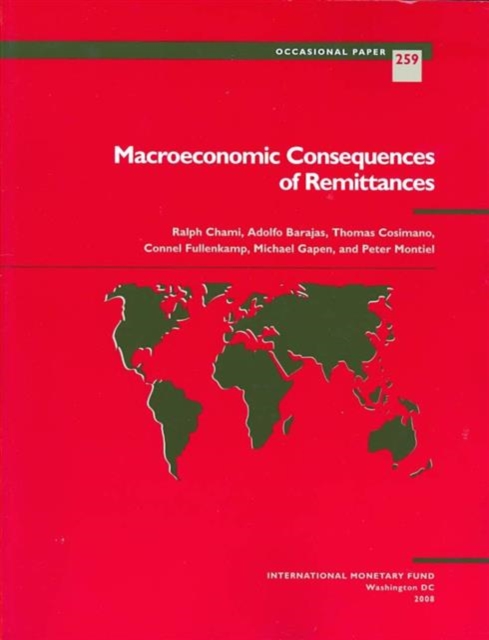
Macroeconomic Consequences of Remittances Paperback / softback
by Ralph Chami, Adolfo Barajas, Thomas Cosimano, Connel Fullenkamp, Michael Gapen, Peter J. Montiel
Paperback / softback
Description
Aggregate remittance flows total billions of dollars annually, and therefore can be expected to have significant macroeconomic effects on the economies that receive them.
This paper reports on the first global study of the macroeconomic effects of remittances and directly addresses the two main issues of interest to policymakers: how to manage their macroeconomic effects and how to harness their development potential.
In broad terms, the paper confirms the main benefit cited in the microeconomic literature: remittances improve households' welfare by lifting families out of poverty and insuring them against income shocks.The paper also yields a number of important caveats and policy considerations, however.
The main challenge for policymakers in recipient countries is to design policies that promote remittances and increase their benefits while mitigating adverse side effects.
Globalization and the aging of developed economy populations will ensure that demand for migrant workers remains robust for years to come.
Hence, the volume of remittances likely will continue to grow and, with it, the challenge of unlocking the maximum societal benefit from these transfers.
Putting in place effective policy prescriptions is imperative.
Information
-
Available to Order - This title is available to order, with delivery expected within 2 weeks
- Format:Paperback / softback
- Pages:84 pages, Illustrations
- Publisher:International Monetary Fund (IMF)
- Publication Date:28/02/2009
- Category:
- ISBN:9781589067011
Information
-
Available to Order - This title is available to order, with delivery expected within 2 weeks
- Format:Paperback / softback
- Pages:84 pages, Illustrations
- Publisher:International Monetary Fund (IMF)
- Publication Date:28/02/2009
- Category:
- ISBN:9781589067011






